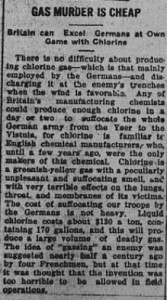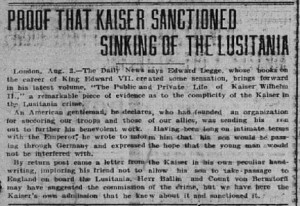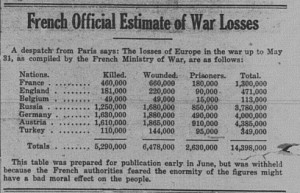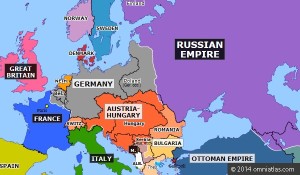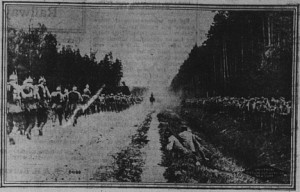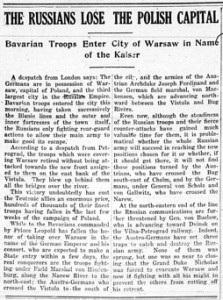German atrocities during the war were generally used as fodder by local newspapers to demonize the enemy and reinforce people’s support for Canada’s cause. However, at a certain point, it seems, locals were willing to resort to the same dastardly measures as their enemy if it meant increasing the chance of an Entente victory. Germany had released the first gas attack on the western front on Canadian soldiers at the Second Battle of Ypres on April 22, 1915. This article, printed in the Berlin Daily Telegraph on July 19, 1915 suggested that Britain begin using gas as a weapon against the Germans. England was, after all, the original and most established manufacturer of chlorine gas from before the war, and should use this to its advantage.
Berlin Daily Telegraph, July 19, 1915.
